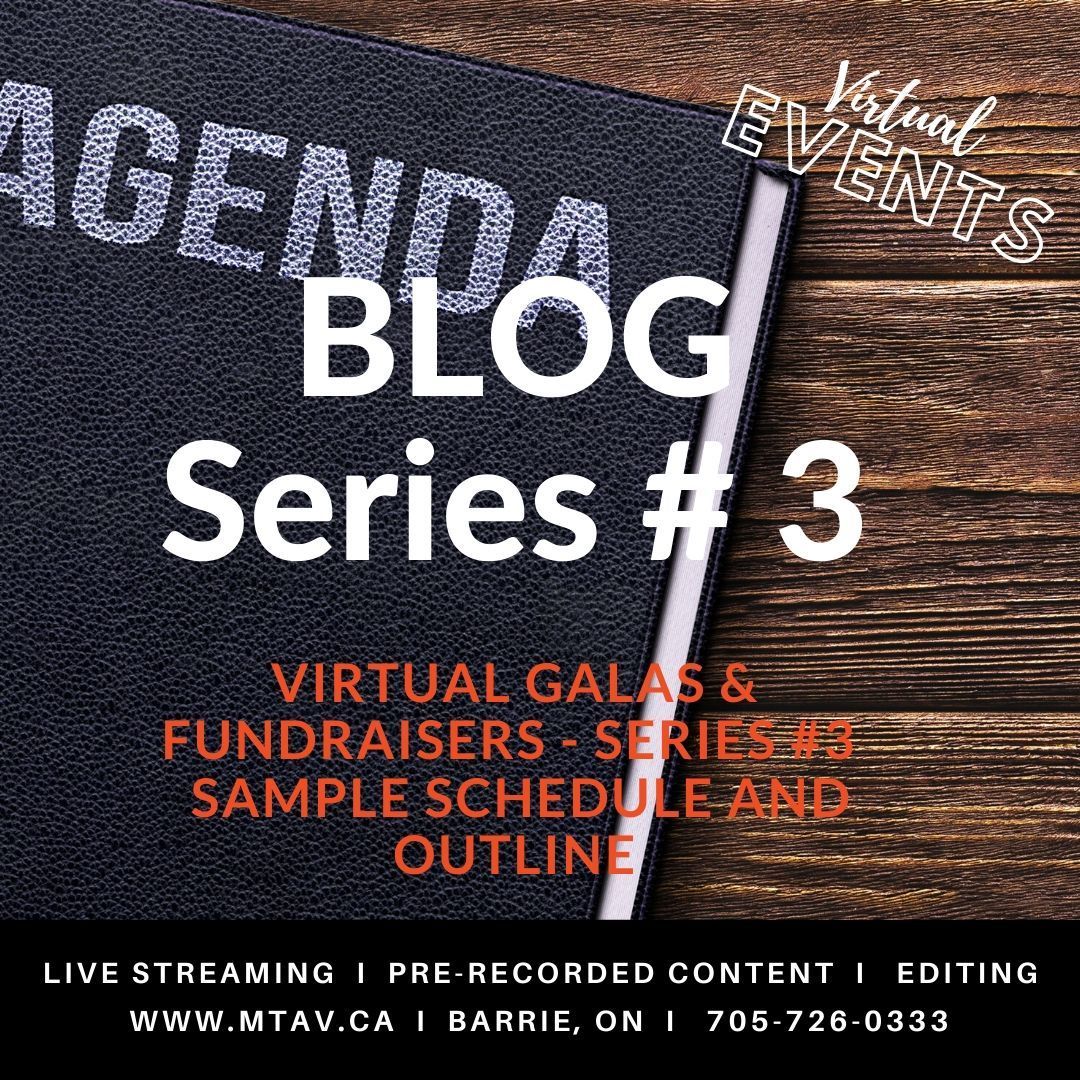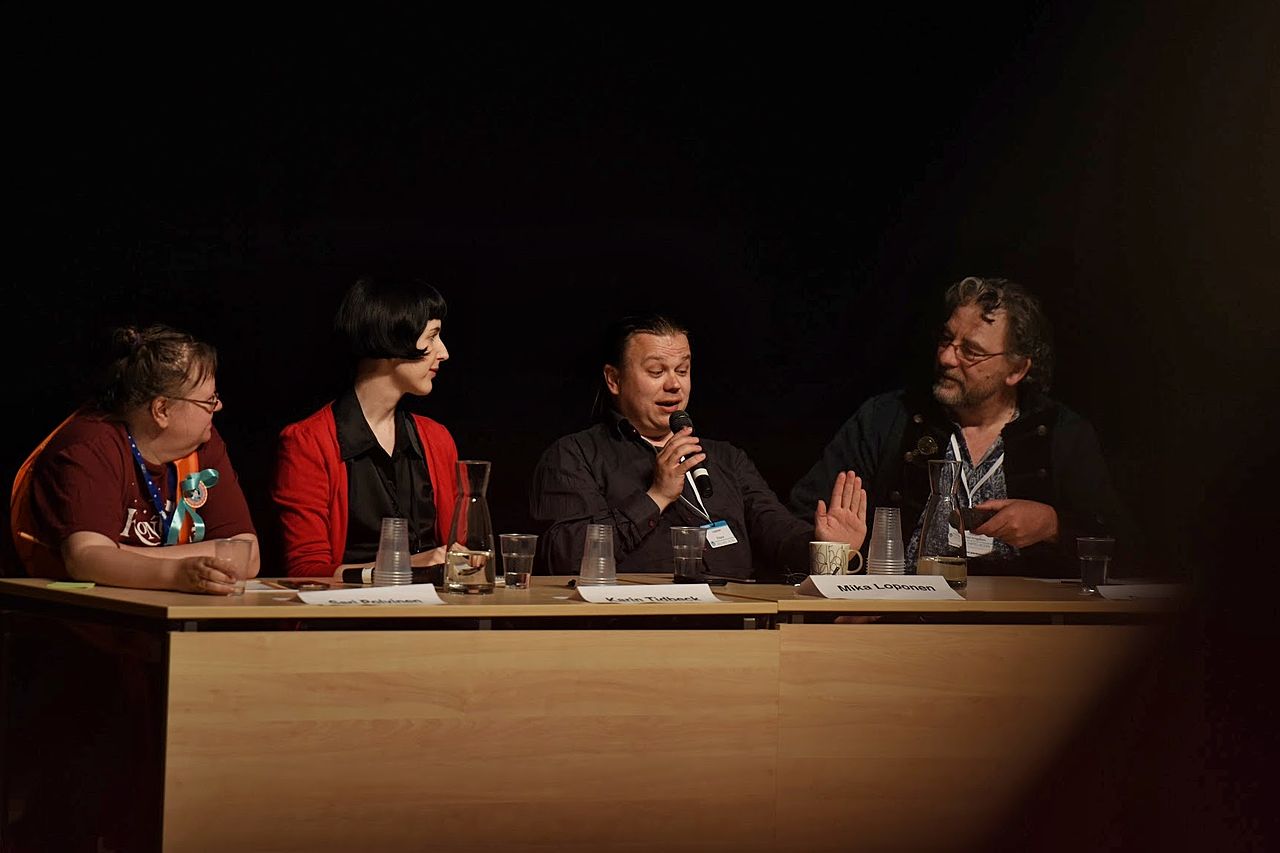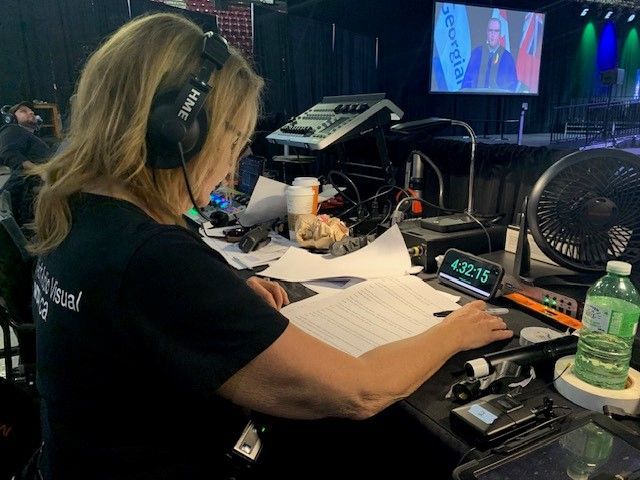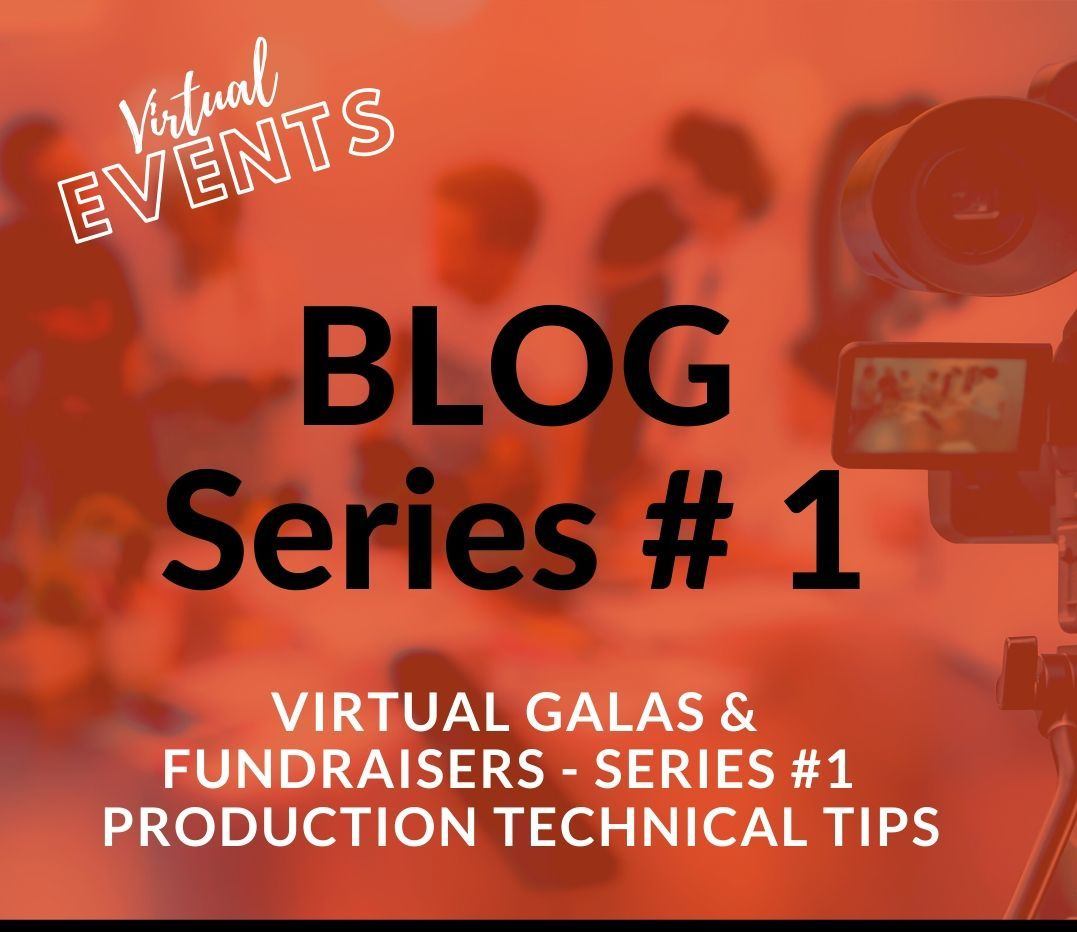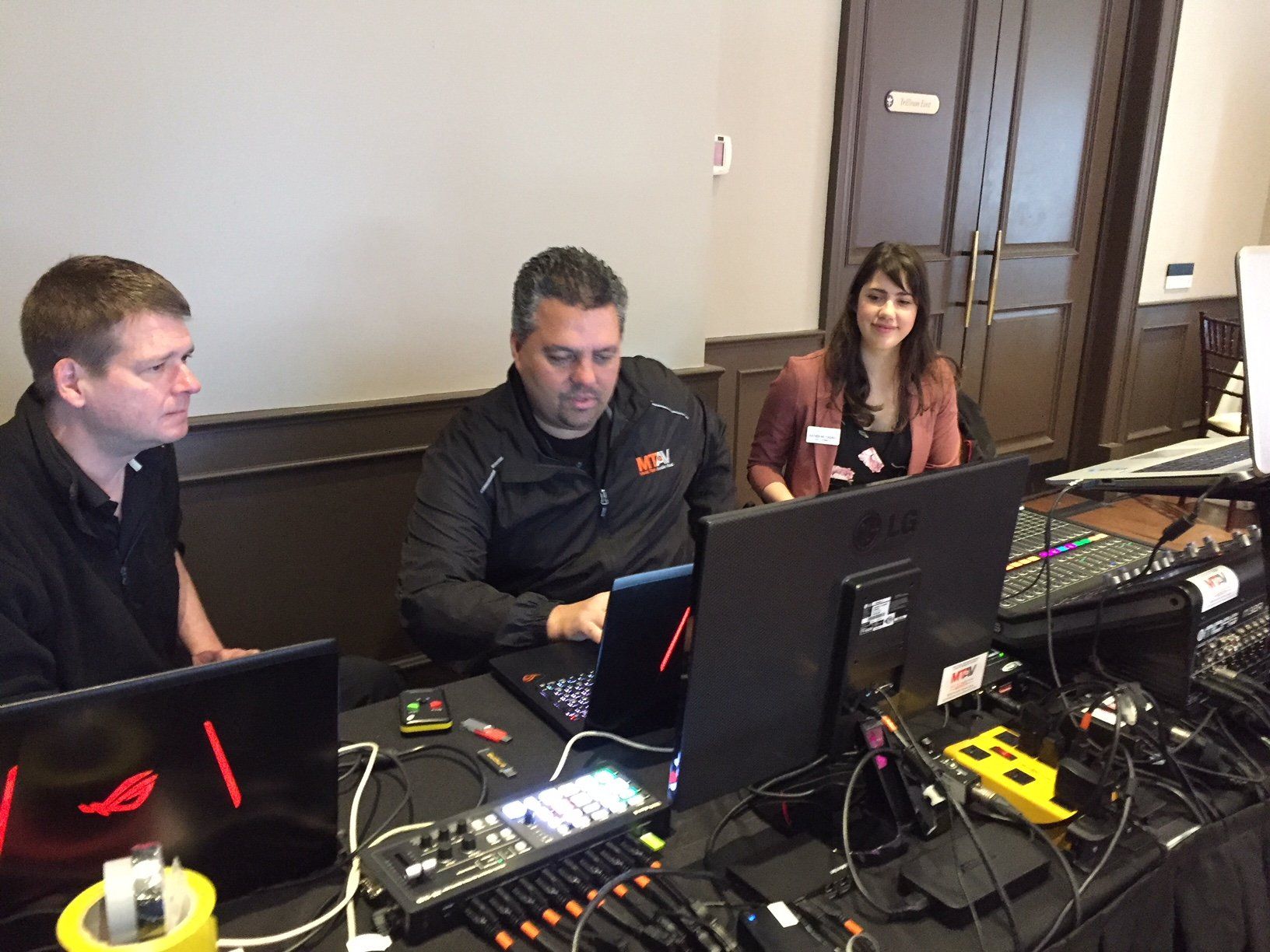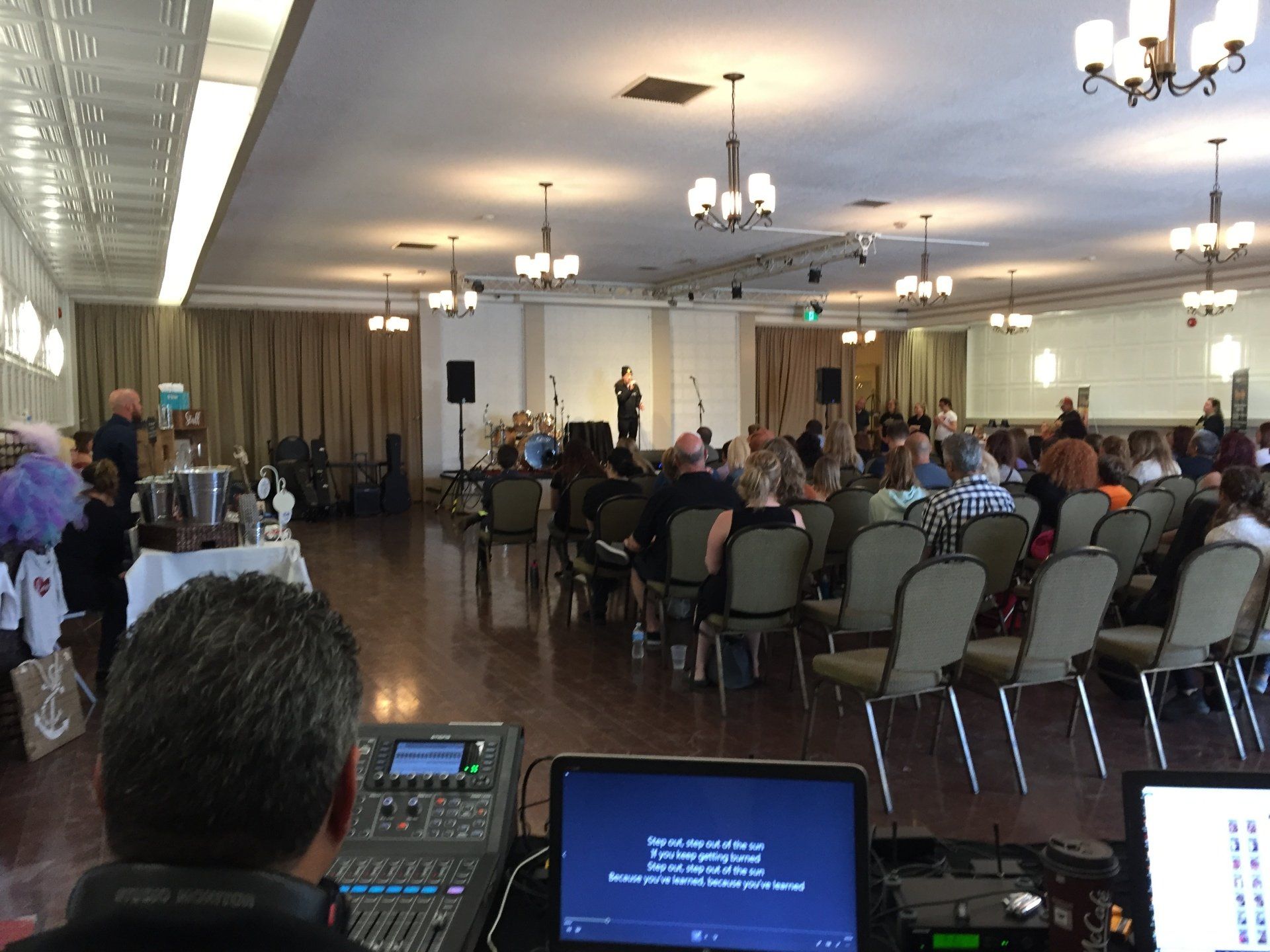Planning a Panel Discussion?
What your AV Technician wants you to know.
I've been an audio engineer working in the corporate audio
visual industry for over 25 years. In that time I've done literally thousands
of events. Many of those events included a panel discussion component. For
those that aren't familiar with this, a panel discussion involves a group of
people situated on stage that answers questions from a live audience or
sometimes questions coming in via the web or other conferencing equipment. The
technical aspect of these can be difficult to manage especially when the panel
groups are large. Many times event planners decide that wireless lavalieres
should be placed on each panelist which makes managing it even more difficult.
What I often propose is that wireless handheld mics be used for the following
reasons:
Sound Quality-
Handhelds sound better than lavs. If this wasn't true then people would sing into Lavs.
RF Signal Strength -
The wireless transmitting strength of a wireless HH is considerably more than a LAV because of the larger antenna. Also, the antenna of a LAV is often hidden from the sight of the receiver, since the transmitting pack is often placed behind a person on their pants or dress. This lessens the broadcast strength considerably and can cause dropouts in the audio.
Management-
Multiple Lavs are extremely difficult to manage for several reasons. It takes time to place a LAV on a panelist and can be challenging if somebody isn't wearing clothing that allows the mic to be placed properly. Then the transmitting pack needs to be clipped on to a belt or waistband which may be impossible with some (ladies) outfits. Now if you have concurrently running panels things get crazy and often a secondary audio technician needs to be hired at an extra expense to manage the chaos. You will need one LAV for each panelist so if you have a 10 person panel you now have 10 lavs that need to be turned up at the appropriate time. You can't simply just turn them all up at once unless of course you want feedback . So what is normally done is all the mics are pushed up to 50% and the audio tech does his best to watch for who is talking and turn up the correct channel (unless you have a Dugan, more about that later). Things get worse if you have simultaneous translation. All the open mics makes it difficult for translators to do their job properly because of all the extra noise (coughing, sneezing, side discussions amongst panelist and other undesirable sounds that you don't want broadcasted that having all the mics open creates).
Enter the Wireless Handheld -
Handhelds are the smart choice in this situation for many reasons. You won't need to place them on anybody. You can simply place them on the panel chairs or a table. You will not need one for every panelist. You can have one for every 2 or 3 panelists and have them pass them around saving you money. Concurrent panels?, no problem just make sure the mics get put back to where the next set of panelists can see them and access them quickly. No need for a secondary technician, saving you money. With fewer mics to manage it becomes easier for your audio technician to turn up the appropriate mic. Because Handheld mics are held closer to the mouth they don't require as much gain so you can push them all up without creating any feedback. The noise is also reduced significantly which will make your translators happy.
If after all these great reasons, to use handhelds over Lavs, you are still wanting to use lavs for aesthetic reasons, there are tools and protocols available to make things run smoothly. One thing you can do is setup your panel so where they are on stage (audience left to audience right) corresponds to the mic number 1 to 10 as an example. This makes it easier for the audio technician to follow. Another easy one is have your panel facilitator refer to the panelists by name when asking them a question; this also helps the audio technician.
Why I love Dan Dugan
The Dugan Automixer is used by many broadcast TV shows to "automix" multiple microphones. This does not replace an audio technician but rather aids them in managing multiple microphones more effectively. What the Dugan Automixer does can be explained best by it's inventor Dan Dugan "An automatic mixer controls a group of live microphones, turning up mics where someone is talking, and turning down mics that aren't being used." This is faster than the reaction time of even veteran audio technicians. The Dugan Automixer is available as a separate piece of equipment but is becoming increasingly available in many digital audio consoles.
For more details go to:
https://www.dandugan.com/products/ or
https://en.m.wikipedia.org/wiki/Automixer
Vanz Zinn is the owner of Multi Tech Audio Visual and has been working in the corporate audio visual industry for over 25 years. Visit his website at mtav.ca for more great tips.
